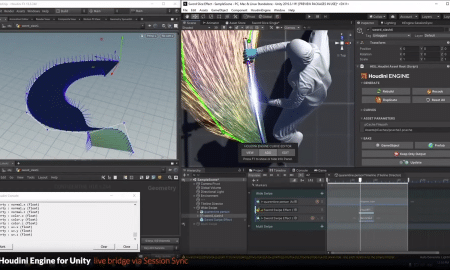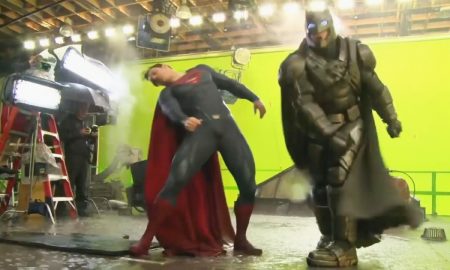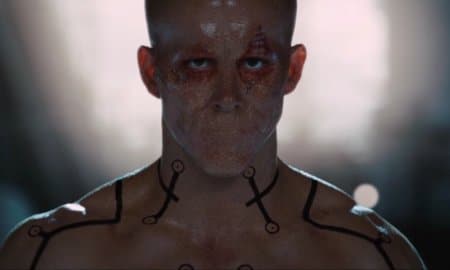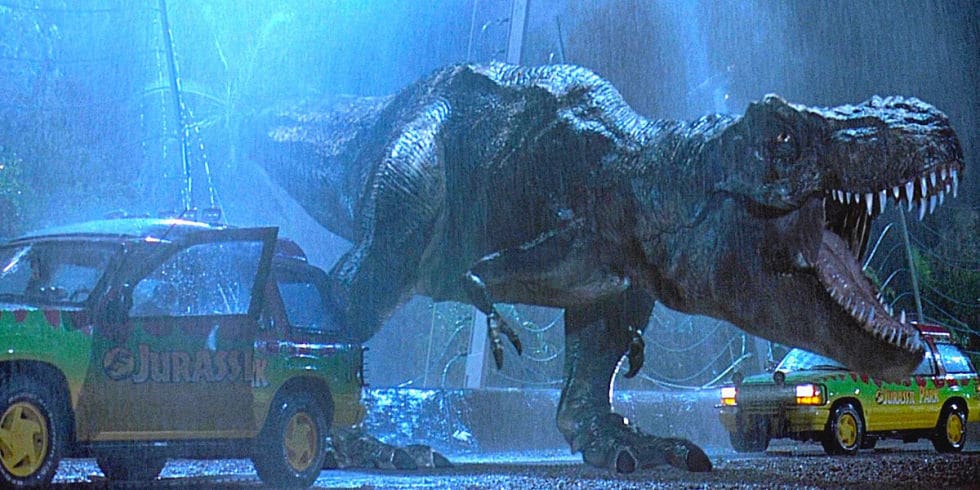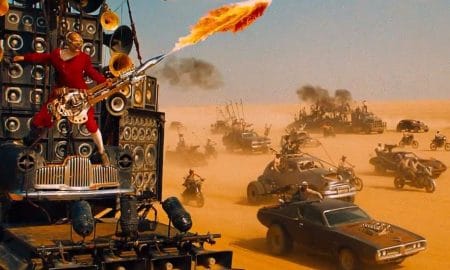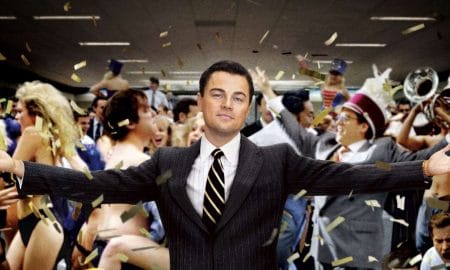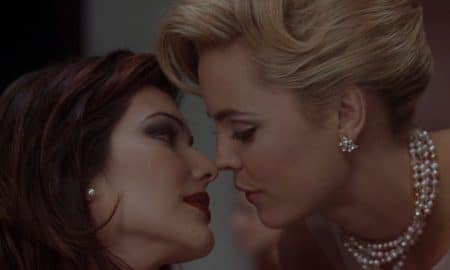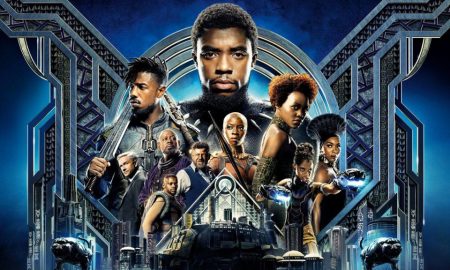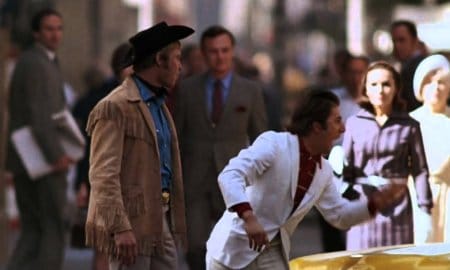These days, the term “blockbuster” is so common (and adored) in the film industry that it has taken on a meaning all its own. That meaning is universally understood. A blockbuster is an extravagantly produced action, horror, or sci-fi film with a million dollar budget, big name stars, a huge marketing budget, questionable critical reviews, toy crossovers, and huge payoff potential. For the average moviegoer the world over, the Oscar race of the fall is pretentious garbage. The real reason to visit a movie theater is for the thrills that a blockbuster delivers over the course of two action-packed hours. But how did the blockbuster reach such an honored place in Hollywood culture? Where did it come from and which movies defined its rise? Here, for your consideration, is a brief history of the summer blockbuster and the films that have changed the course of movie history.
Fixing a Problem During the Summer Months
Prior to the 1970s, the months of June, July, and August were a dry period for the movie industry. Believe it or not, American culture up to then was preoccupied with actually going outside during the summer months. Hitting the theater was an activity reserved for the winter months, when the outdoors weren’t an option for recreation.

The Birth of the Blockbuster Had a Killer Bite
That whole “spending time outdoors” thing got a big kick in the gut with the release of Steven Spielberg’s 1975 classic, Jaws. The film about a killer shark had a way of scaring people off the beaches — and into movie theaters. The company releasing Jaws, Universal Pictures, saw the wide open summer movie season as an opportunity to take over the box office. They launched a huge marketing campaign to great success, quickly launching Jaws into the stratosphere as the highest grossing movie in US history. Okay, it probably didn’t hurt that the movie was incredible — something that wouldn’t hold true for future blockbuster films.
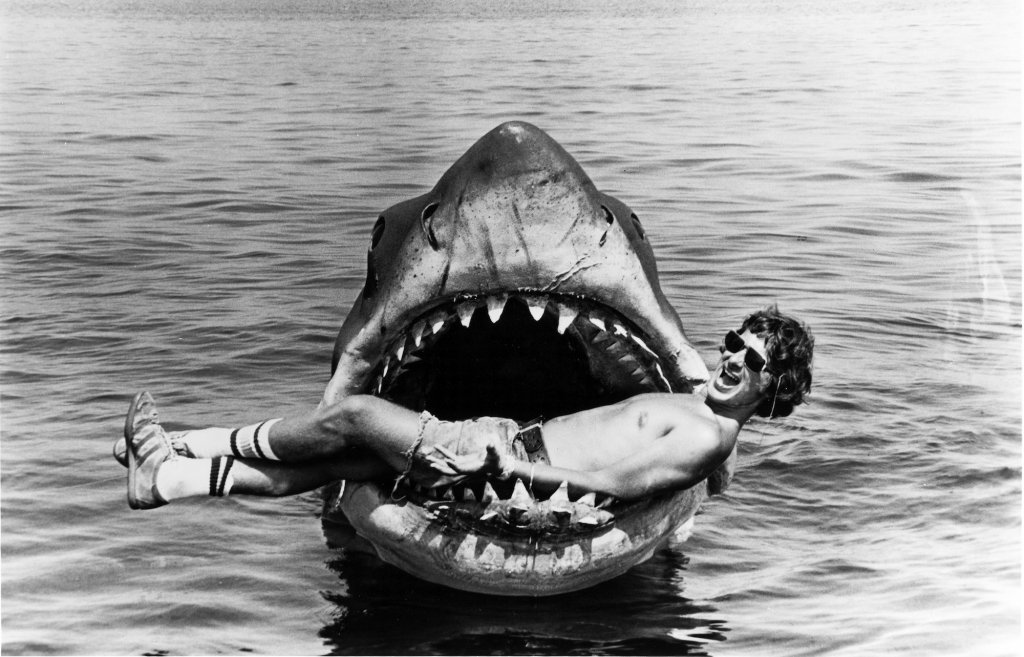
Why Do They Call It a Blockbuster?
You might be wondering where the actual term “blockbuster” comes from. When Jaws was first released, word of mouth spread so quickly that people were incredibly eager to see a showing. Crowds would line up hours before showings. Lines would often wrap around the entire block. As a result, the term “blockbuster” was coined to refer to a movie that inspired such avid devotion that traffic around the block where the theater was located was effectively “busted”.
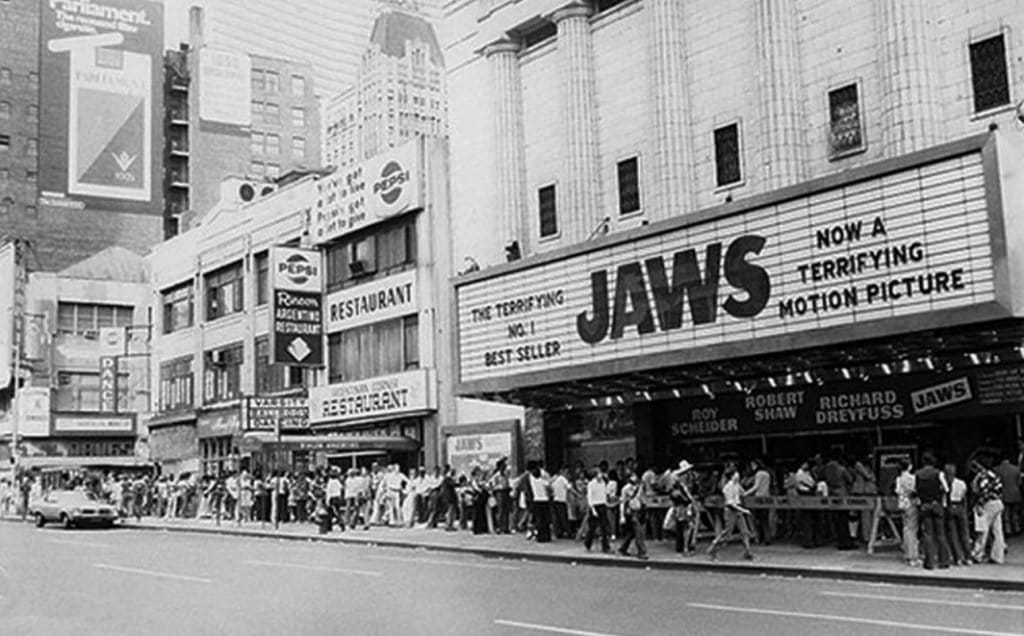
The Force Turns a Fluke Into a Habit
Jaws absolutely changed the game when it was released in 1975. However, studios didn’t fully commit to dreaming up big budget pictures designed to dominate the summer until George Lucas sent Luke Skywalker on a journey through a galaxy far, far away in 1977’s Star Wars. Where Jaws established the big summer blockbuster as more traditional horror film in the vein of Alfred Hitchcock (only pulpier), Star Wars embraced Hollywood’s Golden Age epic sensibilities and transplanted them into a fantastic environment that allowed for new film technology to take center stage. When the sequels to Star Wars opened at three and six year intervals, the Hollywood movie franchise was born.
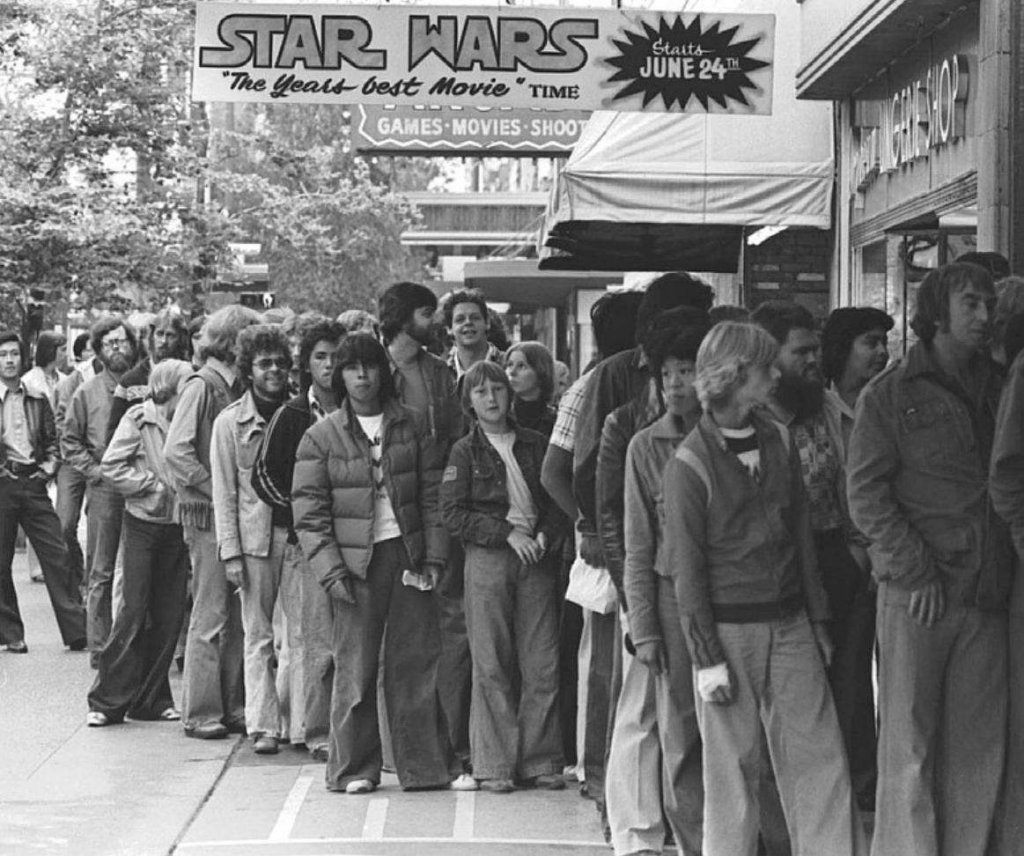
Tom Cruise Becomes the Biggest Star in the World
In 1986, Tom Cruise cemented his popularity as one of Hollywood’s favorite actors — a decision so final not even his insanity can undo it — with his leading man turn in Top Gun. The movie blended million-dollar set pieces, melodramatic moments that would, ahem, take your breath away, and an iconic pop soundtrack. The movie also helped future blockbuster magnates Don Simpson and Jerry Bruckheimer wade into the blockbuster arena after previous success with smaller budget films like Beverly Hills Cop.
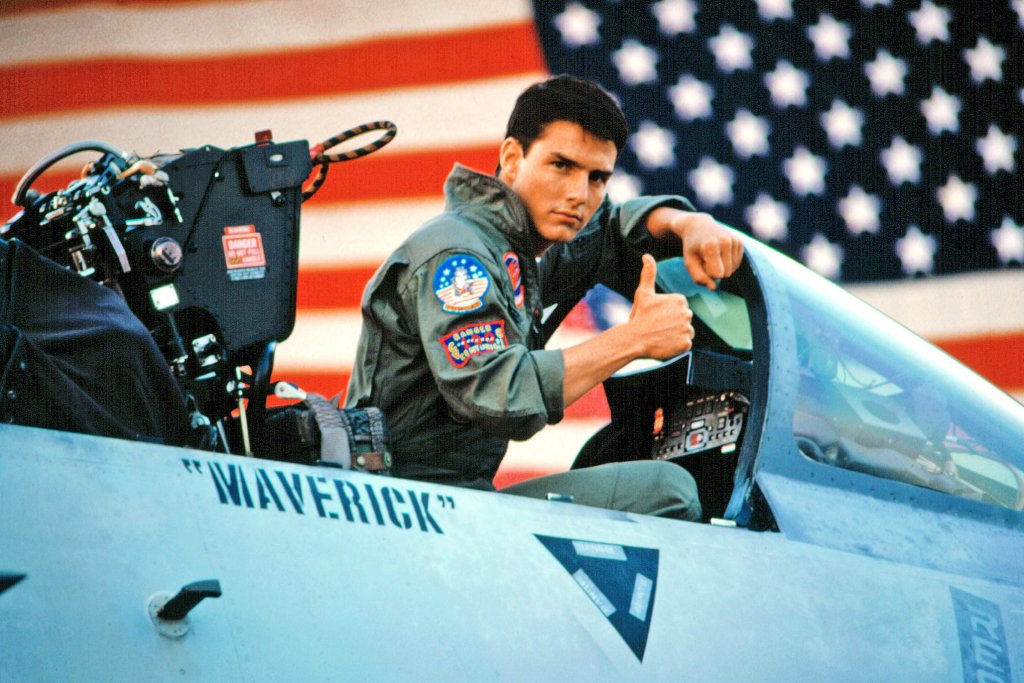
‘Die Hard’ Helps Legitimize the Grumpy Action Hero at the Box Office
When Die Hard was released in 1988, no one expected it to be a an enormous success. Bruce Willis was coming off two big bombs, so the studio was hesitant to even connect him with the film. As a result, when the trailer dropped, Willis himself was hardly in it. Though it was number three in its first weekend, its eventual popularity earned it a huge $83 million at the American box office.
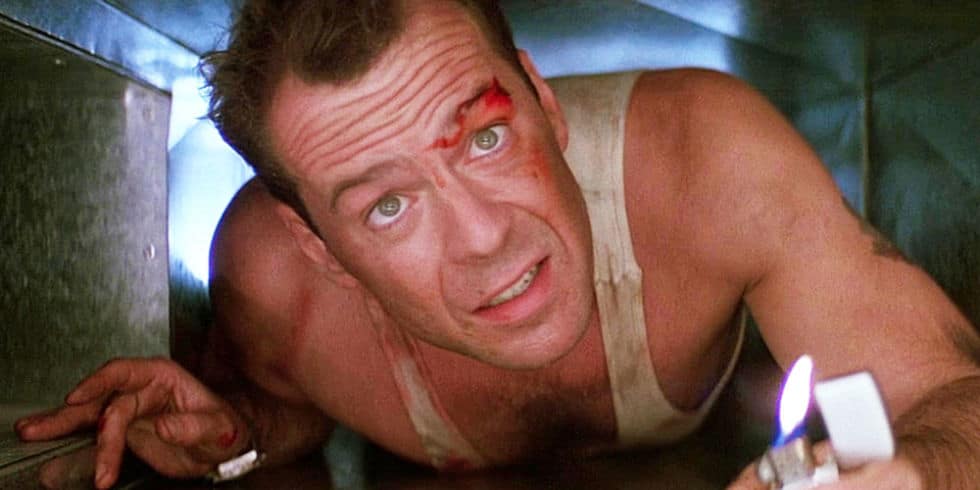
Superheroes Make Their Entrance In Tim Burton’s Masterpiece
Forget Beetlejuice, Tim Burton’s best movie is easily 1989’s Batman, starring Michael Keaton as the Caped Crusader. For the first time in the costumed hero’s history, a director blended the best parts of the character comic fans loved with the action and riveting story line that movie fans craved. The film singe-handedly set the standard for comic book films for the next decade and ushered in the first whispers of a movie world that could sustain a super hero.
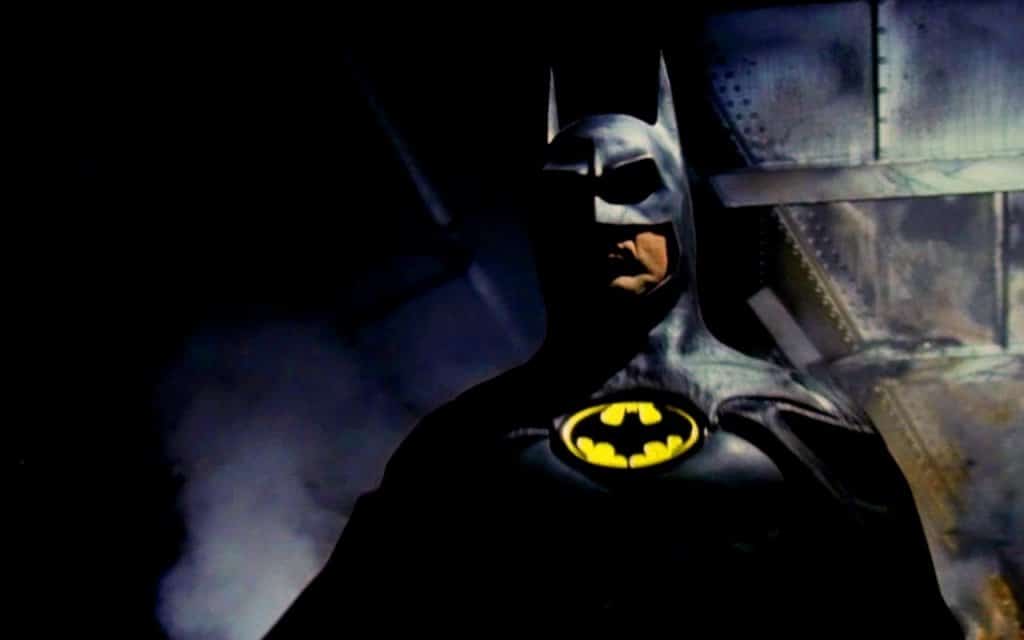
Spielberg Re-Invents the Blockbuster With ‘Jurassic Park’
While the 1980s saw its fair share of innovative blockbusters once every few years, it took the original summer movie master to push the needle forward in any real measurable way. In 1993, Steven Spielberg reclaimed his throne as the king of the blockbuster with Jurassic Park. The film delivered set pieces that were larger than ever before thanks to a relatively new special effects technique: computer generated imagery, or CGI. Spielberg may not have been the first director to use CGI (not by a long shot), but he was the first to make the burgeoning art form look anything other than hokey. Spielberg’s dinosaurs were — and still are — exceptionally terrifying.
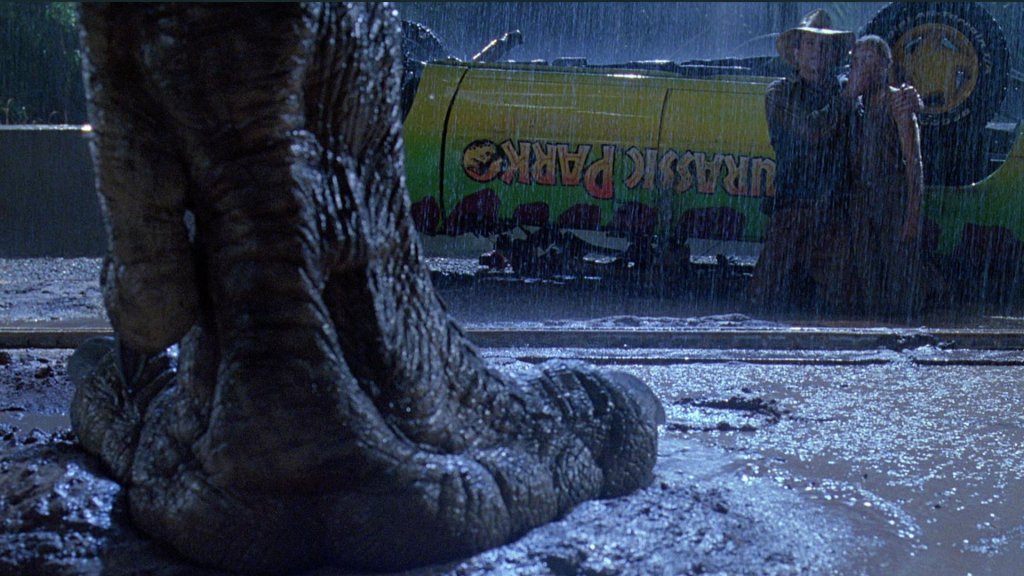
Roland Emmerich Changes the Summer Movie Forever
It could be easy to consider Jurassic Park as the last of the old school blockbusters, those “big” films that still maintained reasonable budgets and a loyalty to traditional narrative elements (like characters that develop and stories that innovate). In 1996, however, Roland Emmerich heralded the modern age of the summer blockbuster with a jaw-droppingly beautiful science fiction film that relied almost entirely on moment-to-moment enjoyment. Watching the White House blow up was breathtaking (and it still holds up). Listening to Will Smith’s endless string of one-liners was delightful. Seeing the heroes triumph was inspiring. All that being said, in spite of the fact that Independence Day is rewatch-able fun, it’s still not exactly a “good” movie. This reliance on spectacle over substance would become indelibly connected with summer movies for the next decade.
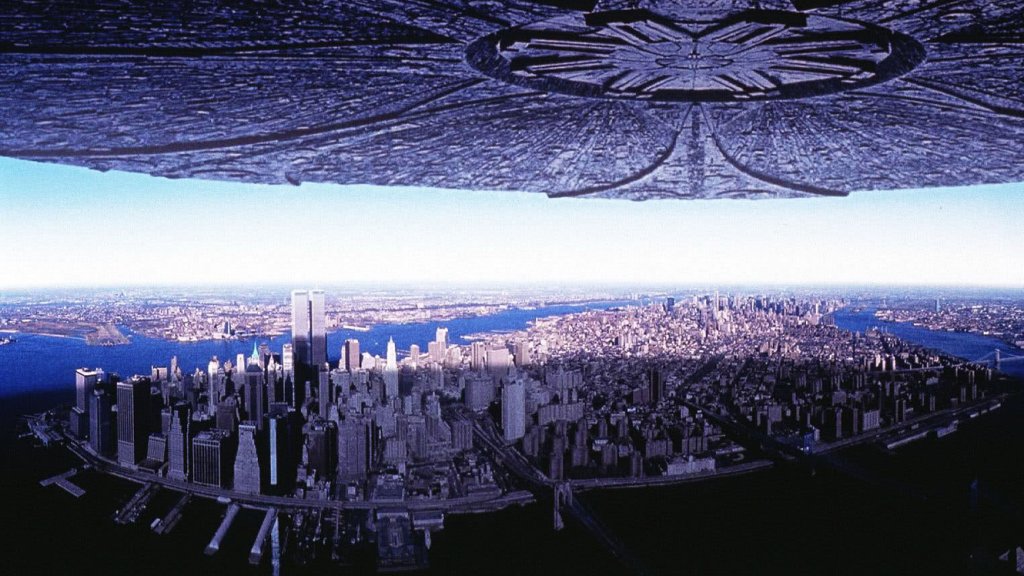
Shrek Proves That Action and Sci-Fi Aren’t the Sole Owners of the Summer
Even though the history of computer animated movies will undoubtedly tout Toy Story as the first and best of the new generation of cartoons, it wasn’t until six years later, in 2001, that a grumpy green ogre named Shrek asserted that animated films had a place in the summer movie rush. It’s hard to call Shrek a “kid’s movie,” because the film is so widely appealing that practically anyone can watch and enjoy the cracked fairy tale. Toy Story is wonderful, of course, but it’s a movie aimed squarely at children. Shrek refused to be thusly classified, including a series of sly jokes only adults would get (just say the bad guy’s name a few times out loud if you don’t believe). The result was a movie that helped mold animated films for years to come,
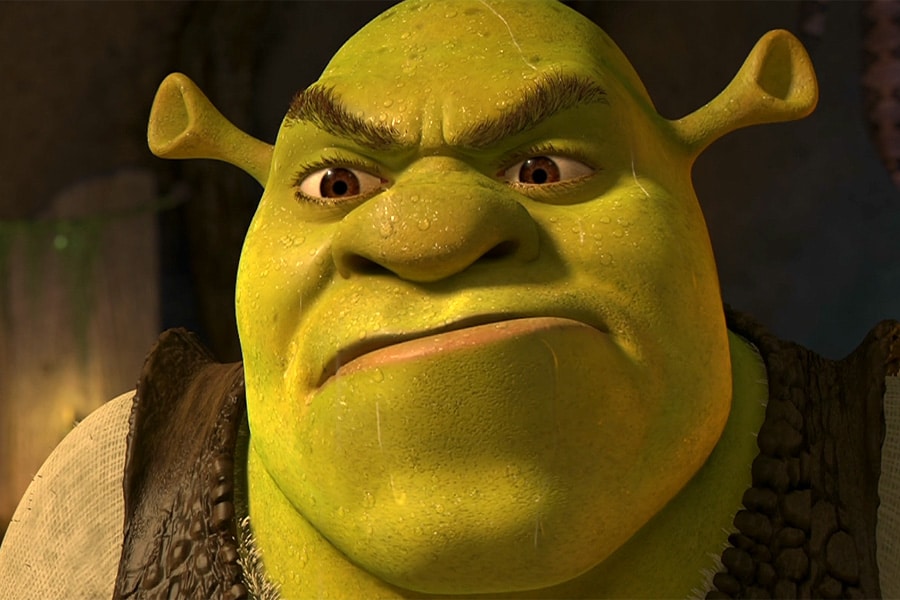
The Summer Season Today
With each passing year, the “summer” movie season gets a little bit longer and a little bit bigger. In 1975, people balked at Jaws’ huge budget of $9 million. In 2017, no one batted an eye when Guardians of the Galaxy, Vol. 2 wound up costing $200 million. Today’s summer films may have swelled in terms of budget, but the marketplace has become somewhat egalitarian place. The MCU has picked up the reigns from Spielberg and Lucas, creating nuanced films that are also filled with spectacle. Michael Bay and Snyder have cornered the market on loud films with little plot, and Pixar has long since begun to own the summer movie cartoon space. There’s even still some room for smaller budgets and experimentation (take, for example, James DeMonaco’s Purge series). The summer season has become home to a huge variety of stories that all draw from the rich history established and developed over the last four decades.
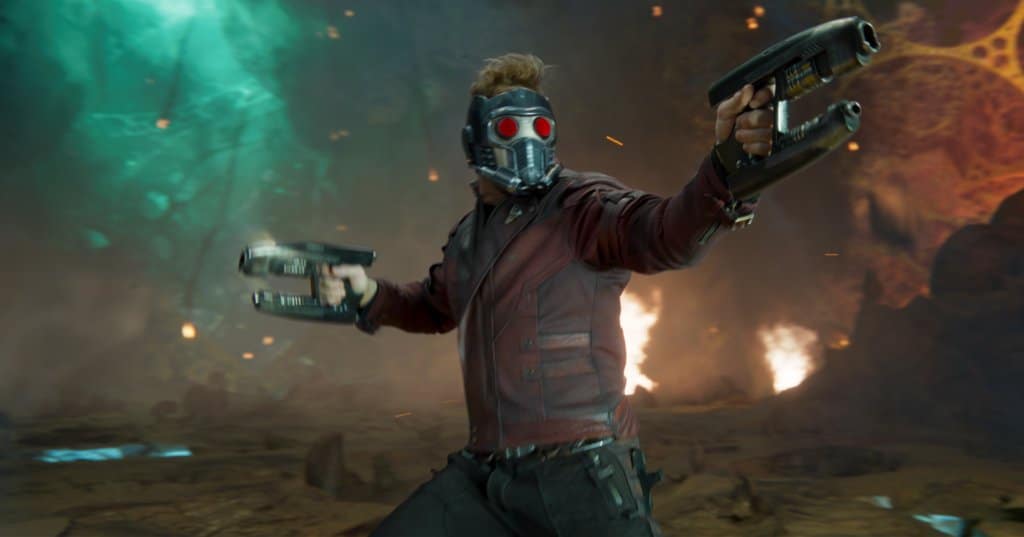
More in Movies
-
Amazing “Free Guy” VFX Breakdown
Whilst putting together our latest Breakdown of the VFX used in 20 Century Studio’s “Free Guy”, we interviewed Digital Domain’s VFX...
February 24, 2022 -
10 Reasons Why Practical Effects Are Better Than CGI
When Steven Spielberg recreated towering brachiosaurs using only computer wizardry for his 1993 classic Jurassic Park, computer-generated imagery (or CGI) skyrocketed...
July 13, 2018 -
12 Movies That Broke Impressive Worlds Records
Every year, more than 700 films are released in Hollywood. That number is steadily rising, which means that movies have to...
April 23, 2018 -
The 30 Sexiest Films of All Time
Love, sex, and passion are in the air whenever you watch one of the movies on our list. The displays of...
April 16, 2018 -
13 Surprising Facts About Marvel and Disney’s ‘Black Panther’
It only took a single Thursday evening in release to turn Disney’s newest superhero flick, Black Panther, into a bona fide...
March 9, 2018 -
12 Movie Bloopers That Accidentally Became Movie History
Unlike a lot of other art forms, filmmaking is a genuinely collaborative effort. There’s no such thing as complete control on...
February 2, 2018


